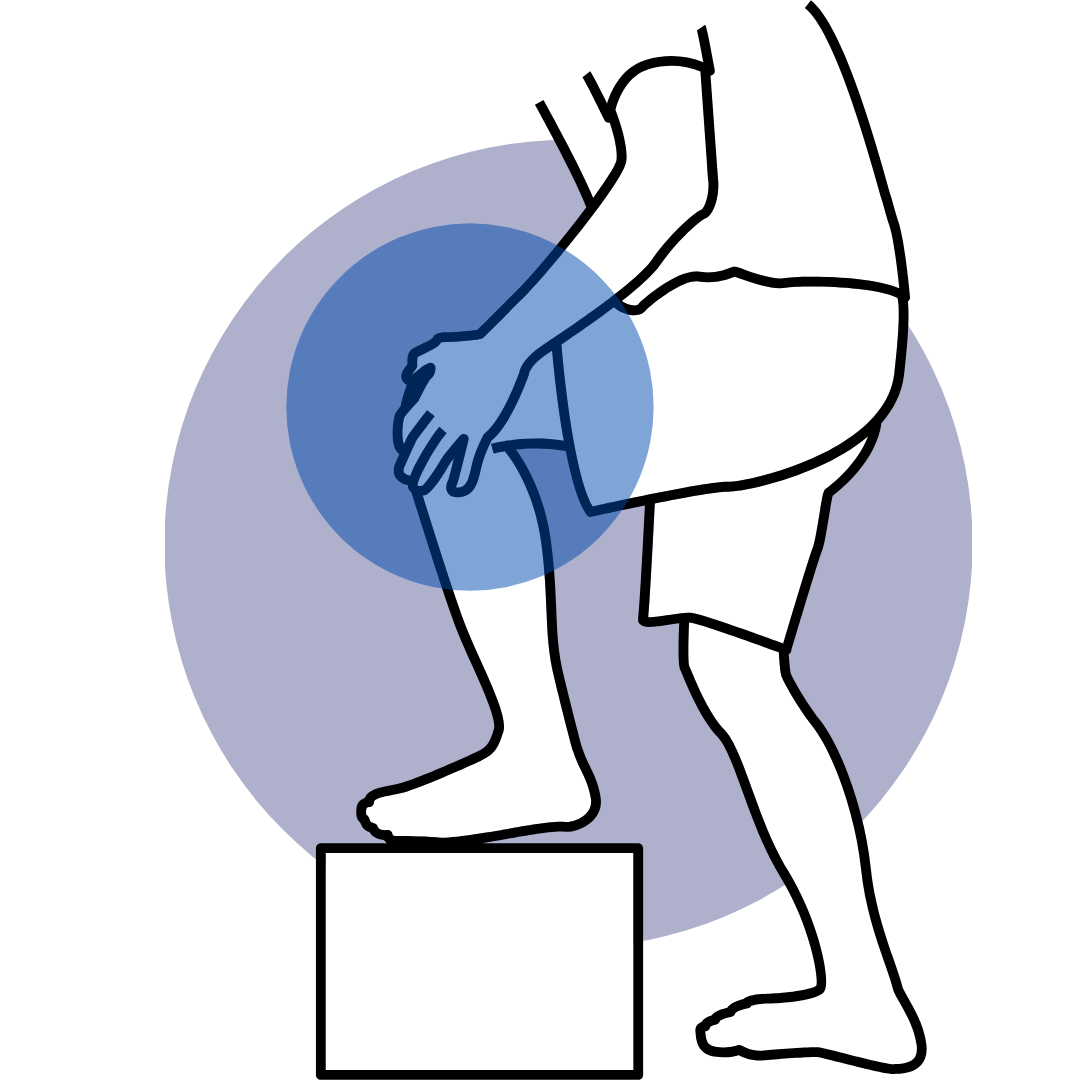
PLICA SYNDROME
Plica syndrome is a condition caused by irritation or inflammation of a fold or crease (plica) on the inside of the kneecap. This is usually caused by the plica, which is located on the inside of the knee, between the patella and the kneecap bone. The plica is a normal structure that forms during fetal development, but sometimes it can become too large and cause friction during knee movements. Here are the causes and treatment methods for plica syndrome:
Causes:
Fetal Development Problems:
A structure that should be normal during fetal development can become overgrown and cause irritation.
Knee Trauma:
Traumas or injuries to the knee can cause irritation of the plicae.
Repeated Knee Movements:
Repetitive knee movements in certain sports or activities can cause irritation of the plicae.
Inflammatory Conditions:
Inflammatory conditions within the knee can contribute to plica syndrome.
Non-Surgical Treatment Methods:
Rest and Activity Modification:
Avoiding painful activities and allowing the knee to rest.
Physical Therapy:
Exercises that strengthen the muscles around the knee and increase flexibility.
Anti-Inflammatory Drugs:
Medicines recommended by the doctor to control pain and inflammation.
Cold or Hot Application:
Applying cold or hot applications to the painful area can relieve pain.
Injections:
Steroid injections or viscosupplementation (injections of plain liquid) may be used.
Surgical Treatment Methods:
Arthroscopic Surgery: Surgical treatment of Plica syndrome is usually done with arthroscopic surgery. Arthroscopy is performed using small incisions with the addition of a camera and surgical instruments. The plica is visualized with the help of an arthroscope and can be removed or corrected if necessary.
Surgical intervention is usually considered when non-surgical treatment options have failed or when severe symptoms occur due to plica syndrome. The treatment plan may vary depending on the patient’s condition, severity of symptoms and other factors. Consulting a doctor is important for a correct diagnosis and appropriate treatment plan.




.png)
.png)
.png)